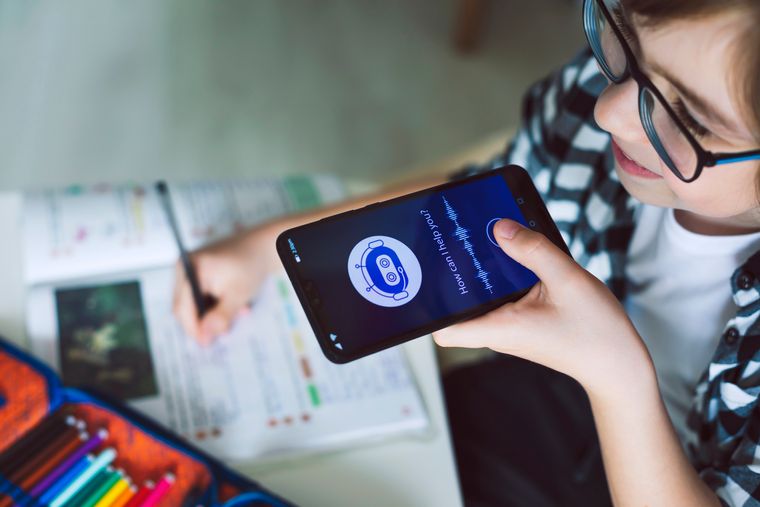Recent Articles
Explore the latest contributions from the community published on Research World to inspire and provoke your thinking.
Untouched data contributes 2% of global greenhouse gas emissions, equal to the aviation industry.
Are you looking to better motivate others? This article suggests focusing on three things: Autonomy, Competence, and Relatedness.
Part one of a two-part series on how to best utilize market research data that is stored in an organization’s data lake
AI is increasingly seen as a solution for research, but a ScienceDirect report reveals that collaboration with human researchers is still in early stages, especially in thematic analysis.
This is part of a three-part series on disciplinary influences in qualitative market research. The series examines the uneven impact of psychological, psychoanalytical, and sociological perspectives, and make the case for a more pluralistic approach.
In 2023, there's a notable shift from domestic to international clients, reversing trends seen during the pandemic.
The secret behind brands that grow margins while others cut prices.
How AI is Transforming Insights
8 min readPavi Gupta is VP Insights & Analytics at Chobani and a three-time Insight250 Winner. With 25+ years of experience at major companies, he discusses the impact of AI on the insights industry.
The Road to Business Impact
7 min readThe insights industry has improved its ability to achieve real business impact over the past 15 years, as shown by the Insights Maturity Model. This series of articles explores key drivers and strategies to enhance corporate consumer insights functions.
Beware AI’s Siren Song
11 min readHow leaders can secure truly differentiating insight in the AI era
AI offers the chance to transform our understanding and broaden our horizons. It not only streamlines value but also motivates us to elevate our standards and aspirations, encouraging us to reach new heights beyond the status quo.
AI is changing how we generate insights, but not all AI-driven methods are the same. Relying solely on 'synthetic data' can be misleading and unhelpful, as it should not be treated as a catch-all term for all AI outputs.
Unlocking Energy Resilience
5 min readThermal Energy Storage Systems Market to Surpass USD 102.6 Billion by 2034
Marketing planning often focuses too much on past sales and market share, which doesn't indicate future competitiveness. To gauge a brand’s potential, it's crucial to assess its current marketing performance.
Indian consumers have diverse views on sustainability. This research aims to help brands in Urban India understand the factors influencing sustainable product purchases and identify challenges and opportunities.
Shaping the Future of Market Research
3 min readA Q&A with Dr Christopher Goard, Chair of the Tony Cowling Foundation
A Transformative Opportunity!
2 min readESOMAR Foundation Launches 2025 Education Program for Global Talent
Fraud in market research is a major threat, with nearly one-third of respondents flagged as fraudulent in a recent study. Evolving tactics like device spoofing and AI-generated text are outpacing traditional defenses.
Discover the latest companies who have chosen to join the ESOMAR community as corporate members.
After the 2023 ESOMAR Associations Leaders’ Summit in Mexico City, five Latam associations decided to study how front-of-pack food labeling affects buying habits in the region.






















